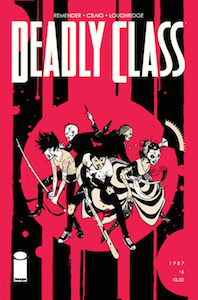 Not for the young or faint-hearted The first issue nearly lost me, but the second and third have me firmly tied on board.
Not for the young or faint-hearted The first issue nearly lost me, but the second and third have me firmly tied on board.
Remender’s writing is tight and tense, Craig’s art is edgy and Loughridge’s colours play a central role in a dark series.
A classic in the making.
9/10

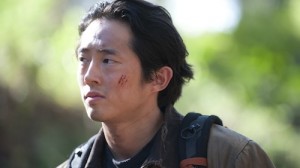
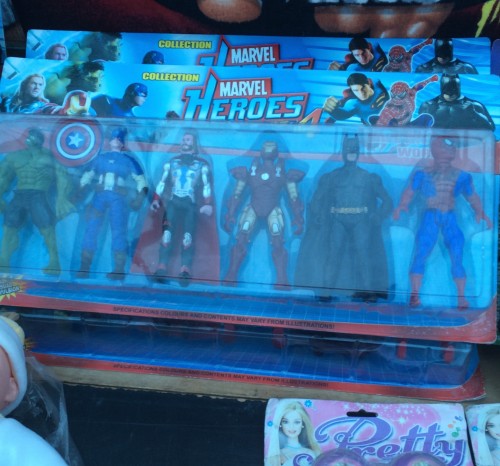

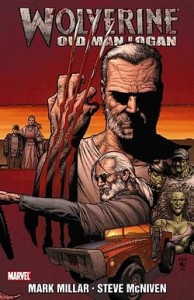
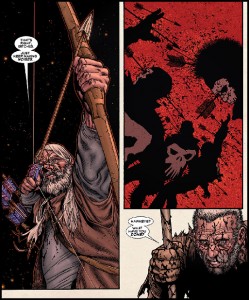
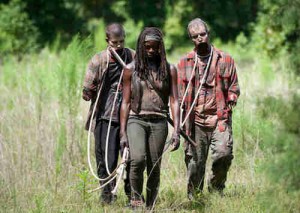
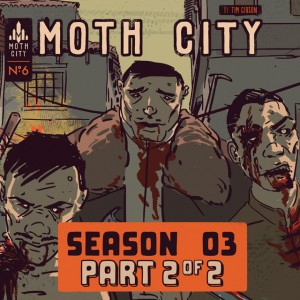
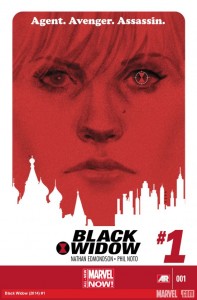
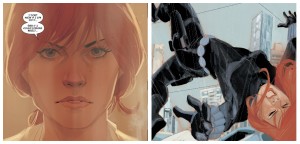
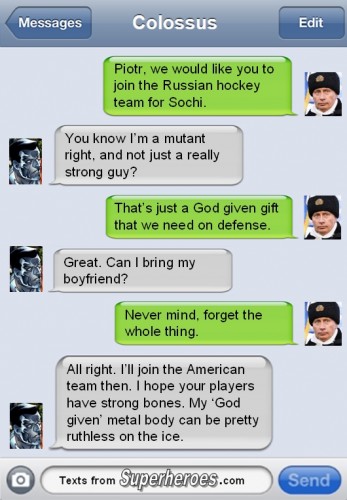
 RSS - Posts
RSS - Posts
Recent Comments